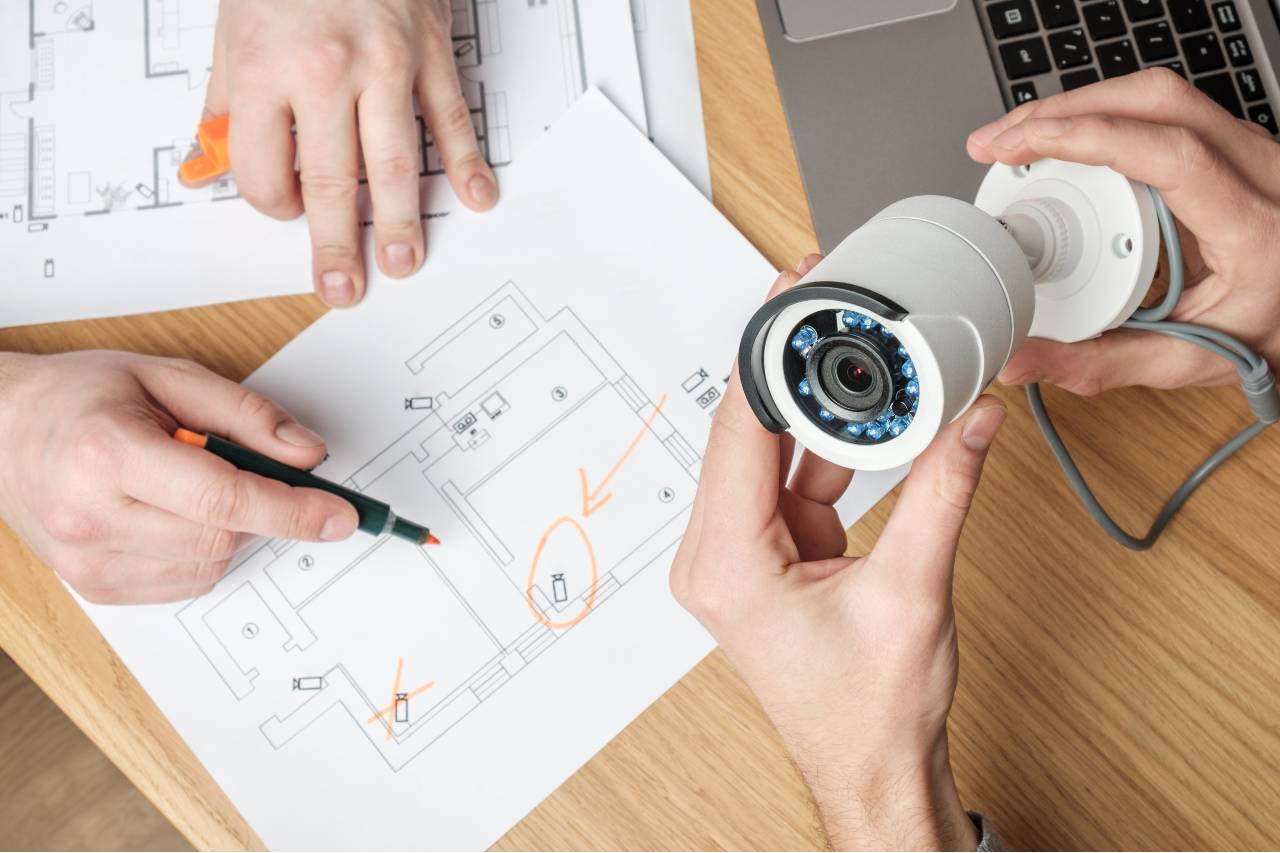What to Consider when Specifying an Integrated Security System
08 October 2021

Integration has really come to the forefront I recent years when considering electronic security systems. With this, it can be quite confusing with the large choice of hardware and software products and an almost endless choice of specifications. As an example, a business may feel that it would benefit them to have an integrated solution that includes a CCTV Video Management System (VMS) and this would link with other networked products like access control, Alarms, intercoms, building management systems as an example.
It's always important to look at the long term as well as the short term when choosing systems. It may not seem necessary in the outset to invest in integrated technologies but as business needs change over time, having the foundations in place future proof any potential expansion of a system can prove to be a worthwhile investment making it easier to manage capabilities and functionality over time
It can be a minefield to choose the right solution so having some key considerations can assist in helping which solution best meets your business needs.
Understanding your Objectives
Ask yourself why are looking to install new systems? How will you want to use it within the business? The easy response is for better security and protection, but this means different things to different businesses. The more specific you can be about how you want to use your systems for your security, the more the system can be designed and tailored for your needs. Some businesses may focus on systems for theft and loss prevention, others might need perimeter protection.
By focusing on how you want your system to work for you and your business you can then determine and make decisions on the features you require. This will then start the process of deciding which hardware and software requirements that are required. Make sure that you specify a solution that delivers against all your requirements, perhaps considering what you may have interest in as a future integration option but not paying for any functionalities you are sure you do not need.
Network Infrastructure
With the vast majority of new CCTV installations being high resolution network cameras, considerable amount of data is utilised for the video data to be streamed and stored. Along with other potential disciplines being included within a unified system it is essential to consider the effect it may have on the existing infrastructure and how it can be improved or modified to accept the additional traffic. There are many compression technologies can assist with reduce the streaming and storage requirements which can therefore assist when budgeting for networks improvements
Return on Investment
All expenditure by a business needs to generate a return so an integrated security solution needs to offer a business a solid return on investment. This needs to be identified on how this will look for your business. It maybe for loss prevention, insurance reasons or operational efficiency for staff. At the design stage all these factors must be identified and this will determine how much you are willing to invest and in which key areas.
Consider the Priorities for your Business
Budgets are always the first thing to consider when investing in new technology, what are the essential features to meet your requirements and what are deemed non-essential? Once you have a defined list of essential requirements and features that you require for your business, you can make an objective choice on what is considered a must have over a nice to have. Most modern integrated systems are module based so although it may not be the right time to spend on a ‘nice to have’, in most cases you will be able to purchase the module further down the line to expand your system and business requirements.
Plan for the future
Whilst its easy to think of the here and now when considering an integrated solution but will it deliver over the lifetime of its operations?
Most of the time there is a specific reason to upgrade or install a new integrated solution but only considering what you require now over how you may scale up the system over the coming years may turn out to be a very expensive decision.
It is imperative to consider the long term and how you may add further additions to the system without another big investment. Considering simple things like network redundancy, server storage redundancy and the correct software solution can assist in ensuring that further additions to the system come at a reasonable cost.
Although it’s difficult to foresee as threats constantly change, a plan is essential for future-proofing your solution. Investigate the options available for a scalable solution that will be able to adapt to changes in business and environment rather than have to invest a large amount of capital to scale up your system.
Interested in an Integrated Security System for your business premises? Contact our security experts here, or call us on 01702 293157 so we can discuss your security needs.